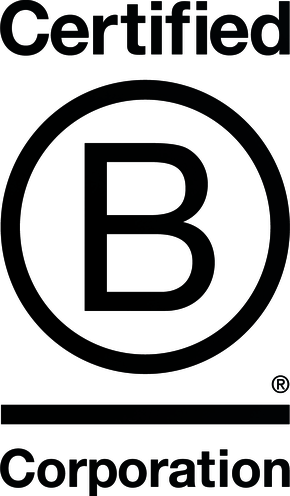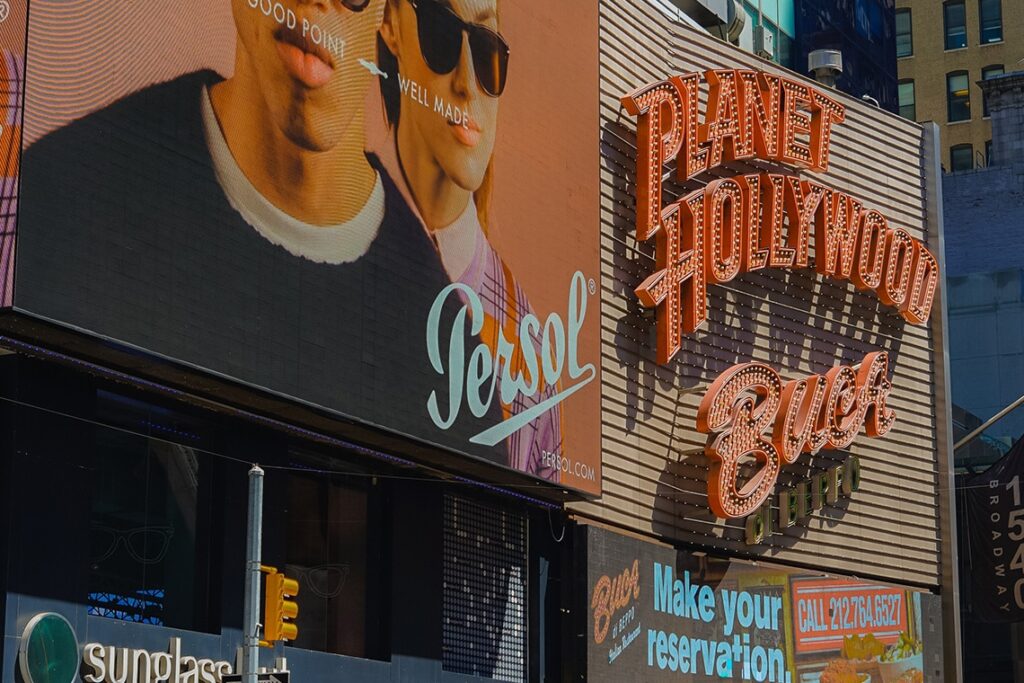[et_pb_section fb_built=”1″ admin_label=”section” _builder_version=”3.22″][et_pb_row admin_label=”row” _builder_version=”3.25″ background_size=”initial” background_position=”top_left” background_repeat=”repeat”][et_pb_column type=”4_4″ _builder_version=”3.25″ custom_padding=”|||” custom_padding__hover=”|||”][et_pb_text admin_label=”Text” _builder_version=”3.27.4″ background_size=”initial” background_position=”top_left” background_repeat=”repeat”]Being a marketer has never been more fun or more challenging. The pace of change, growing number of channels, and rising customer expectations have created a tornado of activity, with marketers in the eye.
Meanwhile, the lines between digital and traditional marketing are blurring. Traditional marketing options such as TV, radio, print ads, direct mail, and even billboards now have digital alternatives that can be less expensive and even more effective.
These traditional marketing tactics were, for a long time, the only ways to promote a brand. While many of these are still relevant for certain audiences, plans run aground when they rely primarily on methods that simply do not work as well as they once did.
Digital channels such as YouTube, Pandora, Spotify, Google, Facebook and LinkedIn offer targeted impressions at a fraction of the cost of traditional ones. And as a result, more brands are moving to digital. Growing at a rate of 13%, digital marketing will account for almost 30% of total ad spend this year, at $52.8 billion (Strategy Analytics 2015).
There are many digital options to complement your traditional marketing spend. Digital radio has evolved into a viable, robust channel that complements social media, video sites and other mainstream venues.
YouTube now offers a range of targeted display, overlay, in-stream, and mastheads videos to reach your ideal viewer. Facebook Newsfeed, Mobile Feed, and Right-Hand Column ads can be placed to your exact specifications and budget. Not to mention Spotify, LinkedIn, Twitter, and, of course, the Google ad network.
With more options than ever before, creating the right mix of tactics that suits your audience, your goals, and your budget is critical. If your role model is Don Draper, it’s time for an update. Yes, we’ll miss the cocktail cart in the office, but engaging your customers and staying ahead of the competition require a new approach and the right mix of digital and traditional tactics for your brand.
| If you place traditional ads here: | Try going digital here: |
| TV | YouTube pre-roll |
| Radio | Pandora audio and display |
| Magazines | Facebook sponsored posts |
| Direct Mail | Google Display Network paid search |
| Billboards | Mobile marketing |
Why are so many brands going digital?
They’ve seen results from the combination of a personalized experience and precision targeting that ensures their message is reaching the right audience at the right time – on any device wherever they are.
Here are some things you should know about digital:
It’s less expensive.
Digital marketing offers more impressions, targeted to your audience, at a fraction of the expense. Your brand can develop an online marketing strategy for very little cost and reduce or eliminate the need for costly advertising channels such as television, radio and print. And with digital marketing, your campaign can be seen anywhere in the world. You can tailor a digital campaign to reach a local audience and also to reach a global audience with the same campaign. The cost to do this using traditional methods would be immense.
It delivers results.
Digital marketing’s personalization, audience engagement and targeted ad solutions deliver results. They offer a proven ROI track record whether your goal is higher engagement rates, lifts in brand metrics or more in-store traffic. Just to pick one channel, 72 percent of ad agencies say online video advertising is as effective, if not more effective, than television (BrightRoll 2015).
It’s trackable.
One of the primary disadvantages of traditional marketing is that the results are not easily measured, and in many cases cannot be measured at all. Digital marketing lets you see in real time what is or isn’t working and gives you the power to optimize to improve your results. Tools like Google Analytics allow you to measure traffic and track customers on your website to see if you are meeting your goals.
It’s interactive.
Traditional marketing is a strictly static outbound endeavor. Brands place information in front of people and hope that they decide to take action. With digital marketing, your prospects and customers can take action, share content, visit your website, read about your products and services, and rate and review them. Interactivity builds engagement and encourages customers to spend time with your brand, and not with the competition.
It’s targeted.
Traditional marketing channels offer a one-size-fits-all message to a mass audience, with limited ability to reach a particular niche. Digital marketing platforms allow you to reach an engaged user who can be precisely targeted by geography, demographics, social connections, online habits, purchasing behavior, even time of day as well as many other metrics.
It builds trust.
Digital marketing allows an on-going conversation between a business and its customers, making it more relevant to their lives and building relationships that differentiate it from the competition. This transparency directly impacts the opinions of others about your brand and builds trust, which can enhance the perception of your brand.
Creating the Right Mix.
Even though the world is going digital, your marketing strategy doesn’t have to choose one form over another. The best marketing plans integrate elements of both traditional and digital strategies into a comprehensive omni-channel marketing approach.[/et_pb_text][/et_pb_column][/et_pb_row][/et_pb_section]




